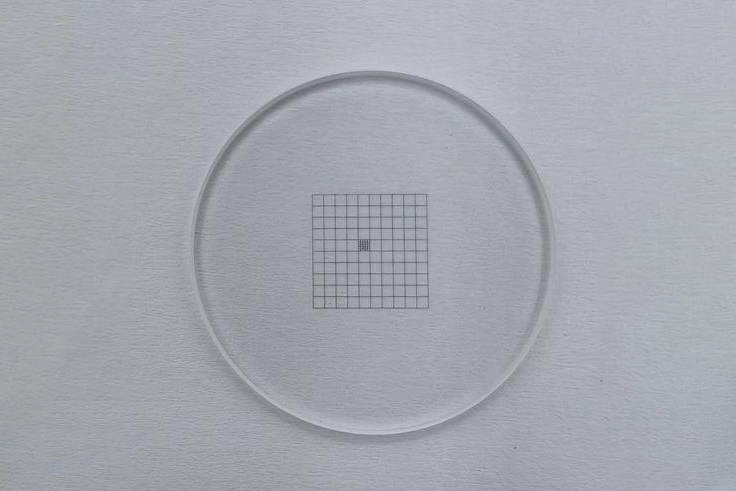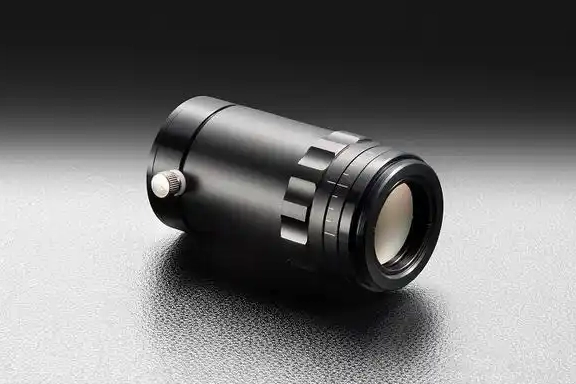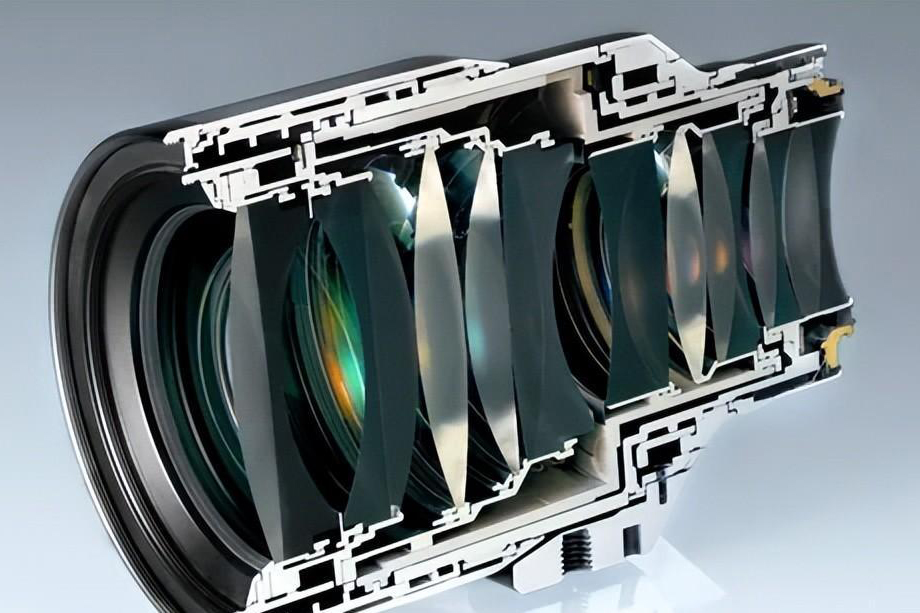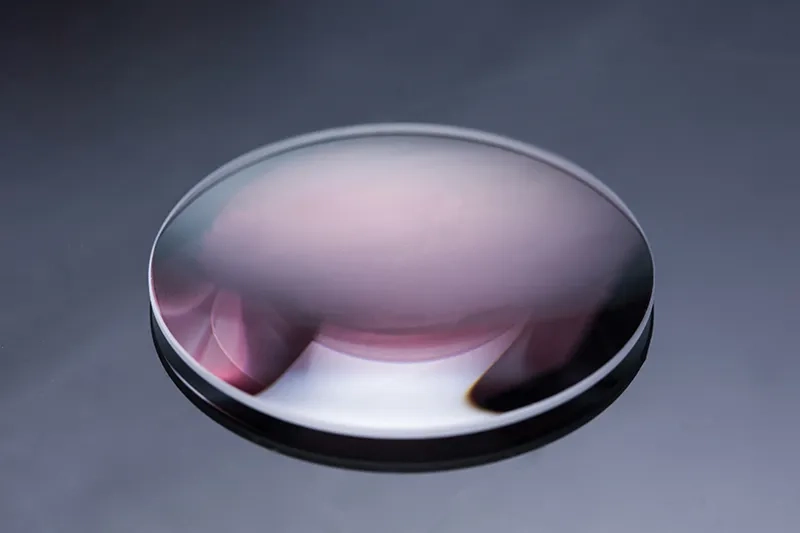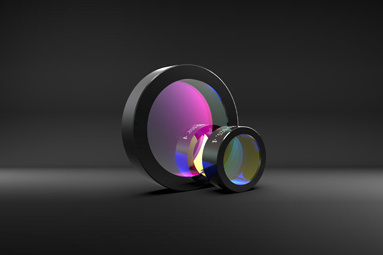Partition board
Classification:
Product Introduction
A reticle is an extremely thin piece of glass with finely etched lines, typically mounted on the optical lens of a telescope or surveying instrument. In telescopes, the reticle is usually mounted on the right objective focal plane. The lines on the reticle can be a combination of crosses, dots, circles, scales, etc., and require extremely high precision.
The functions of a reticle include measurement, calibration, or aiming, as well as calibrating the optical system of the telescope to ensure the image is clear, accurate, and linear. It can also serve as a reference for observation, used to observe and measure the size and shape of the item being inspected, and observe the particle structure, fine features, and defects of an object. In addition, a reticle can be used to measure the size or distance of the observed object.
Because reticles require extremely high cleanliness, any small amount of dust will create large black spots during observation. The precision of its installation is also extremely high. Therefore, it should not be removed unless absolutely necessary, and if removed, it must be reinstalled exactly as it was originally.
Key words:
Prism and flat sheet

Any more questions?
DuChuang photoelectric service for you!
Related Products
Laser splitting components include gratings, laser cube prisms, laser polarization cube prisms, and harmonic separators.
Imaging lenses are crucial components in optical systems, responsible for capturing and recording images. Through a combination of lenses, they gather light emitted from external objects and project a clear image onto an image sensor. The performance and design of imaging lenses directly impact the quality and clarity of the image.
Optical coating refers to the process of depositing a single or multiple layers of metallic or dielectric thin films onto the surface of optical components. The purpose of coating optical components is to reduce or increase light reflection, beam splitting, color separation, filtering, polarization, etc. Common coating methods include vacuum deposition (a type of physical deposition) and chemical deposition.
Absorptive optical filter glass
A filter is an optical filter. It can filter out unwanted spectral components or interfering light in the incident light, reduce interference components in the background, improve the contrast of the target to the background, and thus improve the signal-to-noise ratio of the system.
Copyright©2025 Nanyang DuChuang Optoelectronic Technology Co., Ltd.


